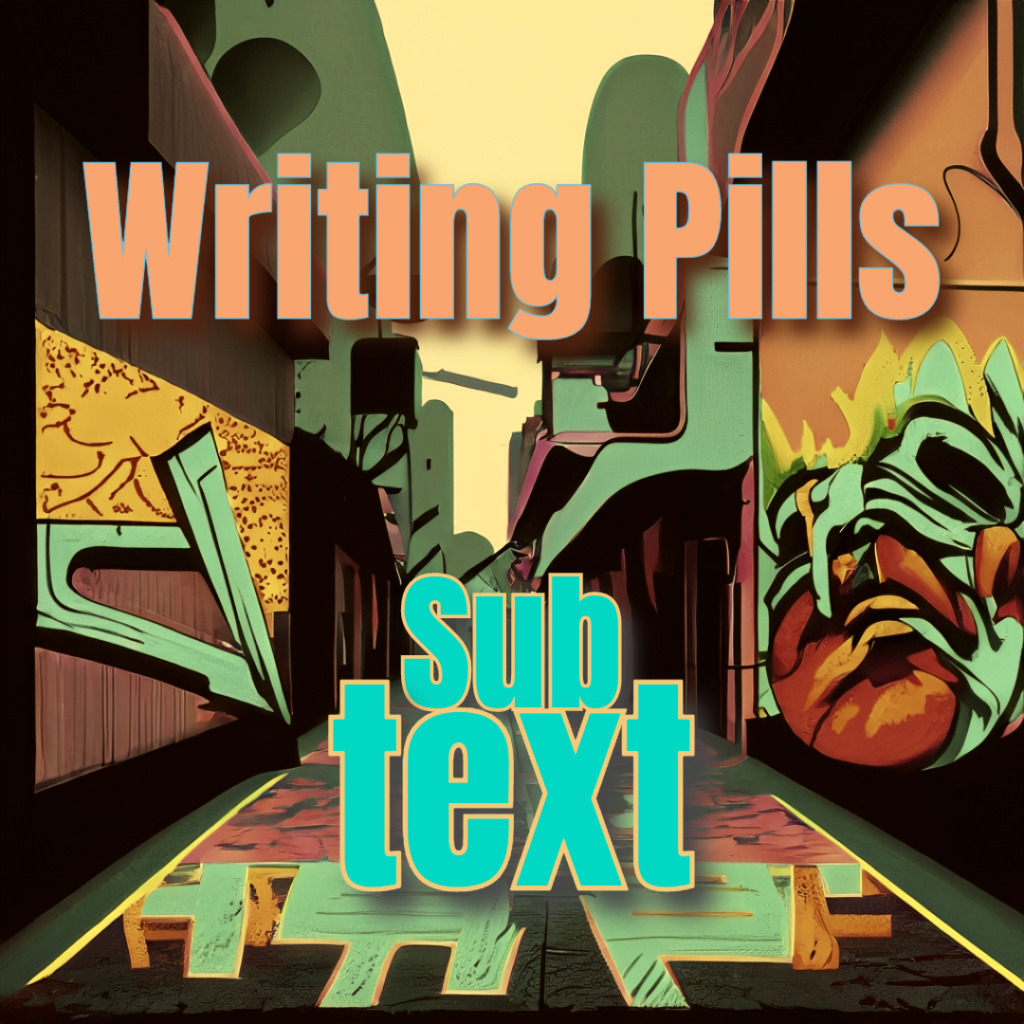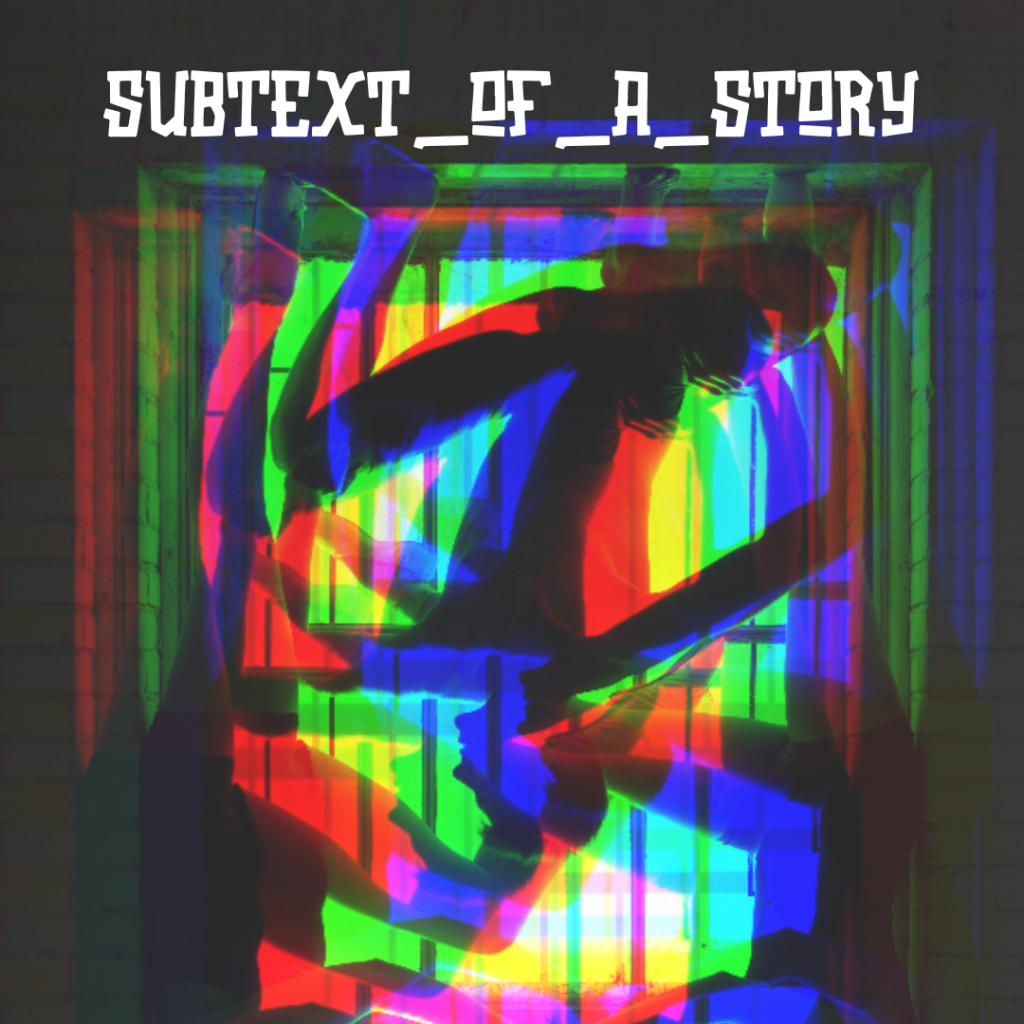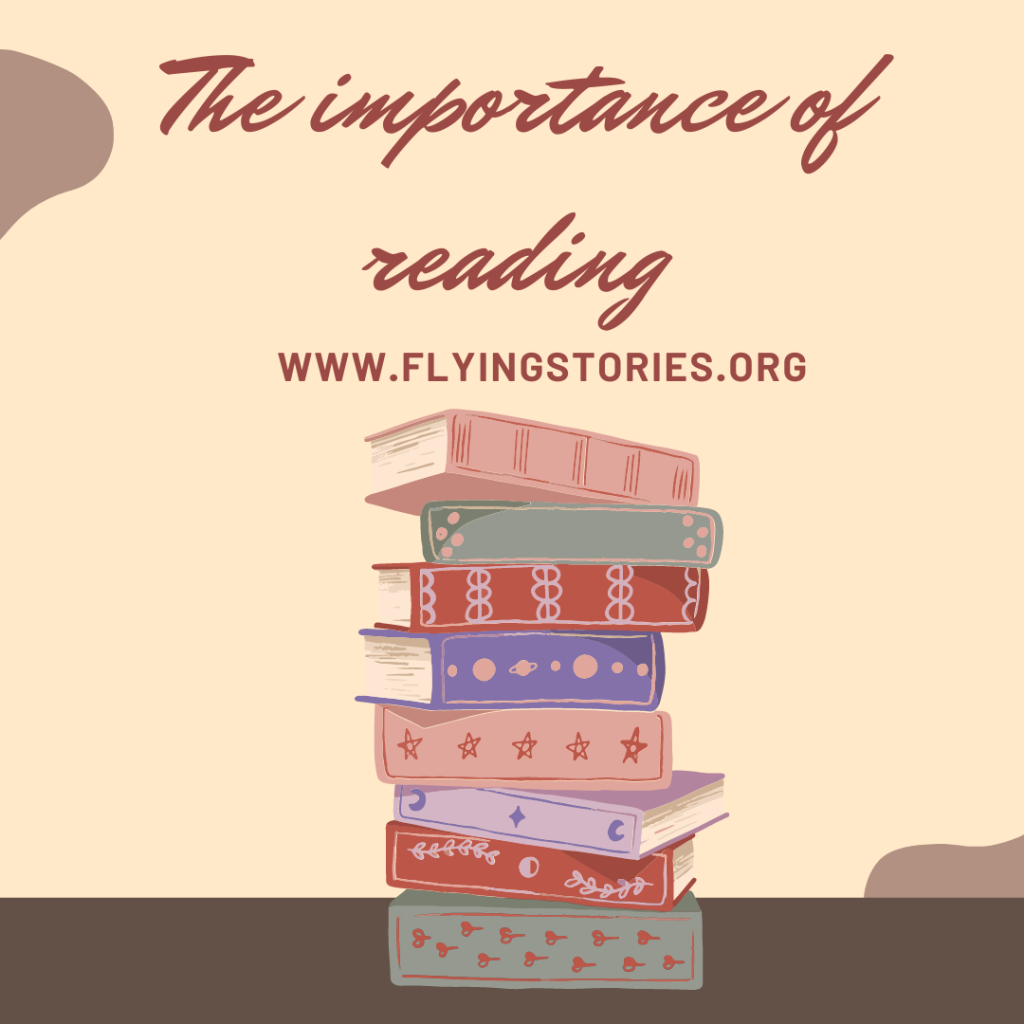Show me your subtext, reveal yourself
Subtext
For an actor, without subtext, the script would be simple text, easy words on paper, without further explanation. Without a reason, a motivation to use a specific term instead of another, the actor would lose what is more important to make a difference in his job: the emotions behind it.
Therefore, the actor needs to dig deep into his character’s motivations and what brings character X to say that exact word in that scene. This way, the actor will express his emotions enough, moving the audience and making people cry or relieved.

This is even more true when speaking about a writer since we must consider subtext and context when writing any dialogue. Imagine this scene:
“Luke, do you love me?”
“Yes, I do love you.”
(cinematic kiss)
This is a flat scene, but if the context is appropriate, even a flat scene can be pretty helpful. Imagine if the story is about two young boys living in a country where homosexuality is still considered a crime; forced to get married by their respective families to two women they don’t love, they finally find a way to reveal their sentiment.
Some subtext
We didn’t know, we just suspected for the whole movie, and now they are telling each other and kissing for the first time. Without subtext (friendship, bad marriages, latent homosexuality) and context (conservative, retrograde country, isolated town), the scene above will show 0 pathos.
Without nuances, there would be no dramatic tension if the characters were just robots declaring their lines mechanically. That’s what Brandlyin Collins calls WYSIWYG, or What you see is what you get (preferable maybe to the longest acronym ever in abbreviations).

A conversation with subtext occurs when a character starts a conversation without revealing the actual objectives and it works as follows:
- The subtext is natural. We use it in many situations, not just when we’re tense or don’t want to open up to others
- The subtext is something other than something we usually use with people we know well. We use it every day with friends and family members rather than strangers
- The subtext can sometimes be a whole conversation. Imagine you start speaking about war with a close friend who’s becoming increasingly arrogant daily. Both of you know after a while that you’re talking about war; the conversation is actually about it. Still, the communication between the two of you, the message, is about something more personal. You’re dancing around the real matter, your friend’s arrogance
It’s crucial to balance text and subtext to make a realistic dialogue, creating the proper context to push the reader to read between the lines and understand the subtext. For instance, we can use it at the beginning of a story when there’s no context to help the reader. WYSIWYG (still the longest acronym ever) can be a good solution in this specific moment of the story when we need to be explicit and straightforward.
When you need to use subtext in a conversation, it must be helpful for the sake of your character, so you should ask yourself:
- What is the purpose of my character in this conversation?
- The first character wanted to say something straightforwardly, but the second used subtext. Why?
- Do the characters involved in this conversation know why this subtext is present?
- Does this conversation present a conflict, or is it a changing moment?
If the scene concerns an ongoing conflict, the best choice is to go for a subtext dialogue. In contrast, if we’re about to reveal a changing moment through our conversation, it’s better to avoid it and go straight to the point.
The subtext is a good choice when the reader knows the conflict well and the dialogue must come from the character’s motivation, not yours as a writer. We often start speaking through one of our characters, which is fine, but we must remember that we’re not it; our character is something else.
Even if it comes from our fantasy, a character lives a different life inside the pages of a book and we need to take a big breath and let it live and die. If in doubt, read your character description card, remember what it needs, recognize its voice, and play along.
And next, let’s write some Ds! Read more in writing in pills, now!

Reading is crucial because it improves the way you focus, your memory and your communication skills. Here at Flyingstories, we like to write free stories that can entertain you and help you learn Italian or English. You can change the website’s language any time you want, just by clicking on the flag. In this way, you can read stories for free in Italian and English.
Do you think you’re not ready for a long story like Go back to the future or Souls Alive? Please feel free to read our short stories in Italian and English!
This article is written by the storyteller and copywriter Daniele Frau.